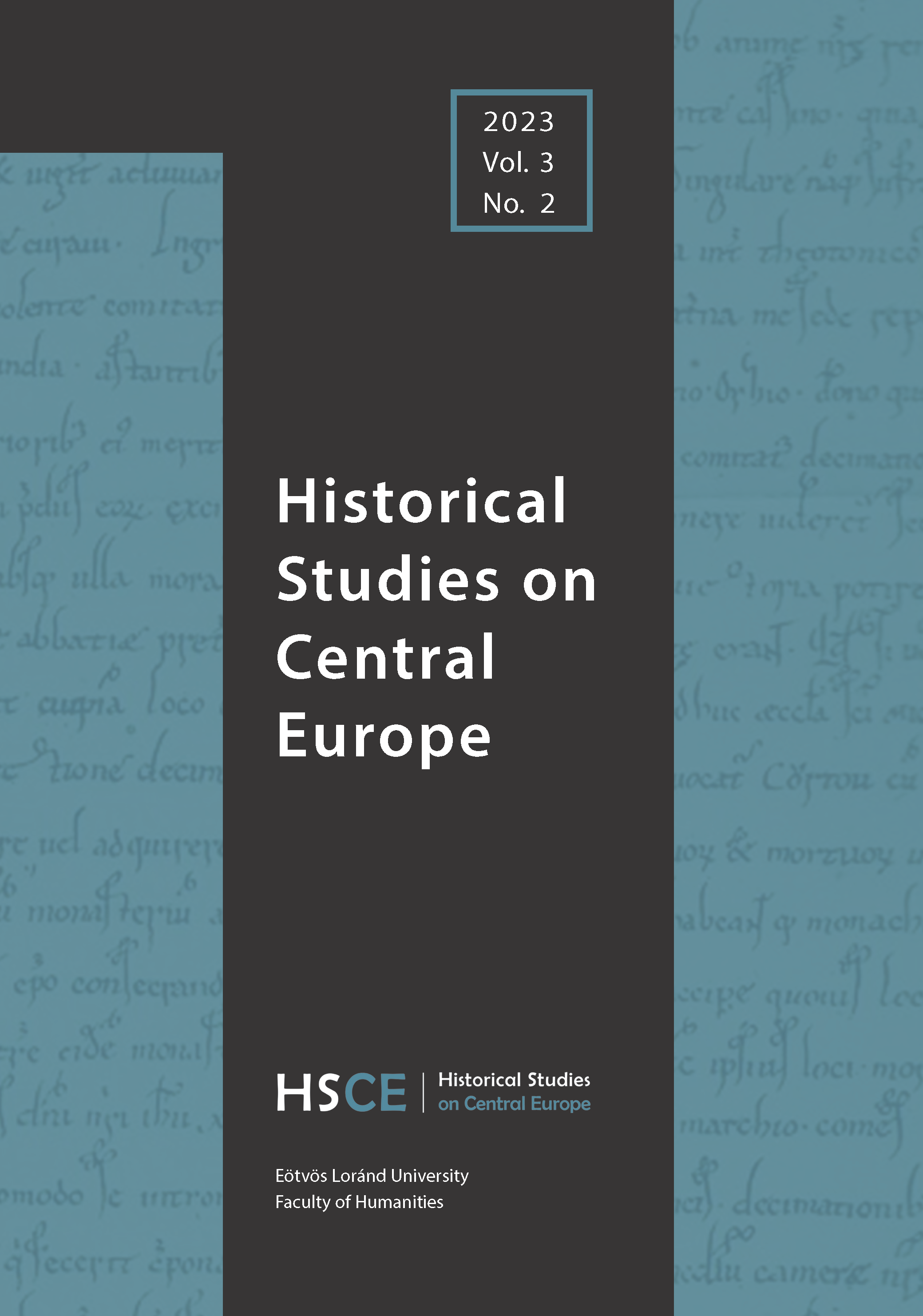The World Tree of the Conquering Hungarians in the Light of Scholarly Illusions: Reconstruction, Construction and Deconstruction
Published 18-12-2023
Keywords
- methodological mistakes,
- preconceptions,
- conquering Hungarians,
- ancient religion,
- shamanism
- world tree,
- shaman tree,
- initiation,
- táltos ...More
How to Cite
Copyright (c) 2023 Éva Pócs

This work is licensed under a Creative Commons Attribution-NonCommercial 4.0 International License.
Abstract
In my paper I analyze the case of the supposed shamanistic ‘world tree’ of the conquering Hungarians: I show how this erroneous scientific construction came into being through the coming together of the mutually reinforcing mistakes of Hungarian folkloristics, linguistics, and archaeology; how manifestations of the spurious ideas of lay pseudo-science got mixed in with scientific discourse, and how they influenced the course of ‘professional’ scientific inquiry.
My analysis sheds light on the most flagrant methodological mistakes that lead to the mistaken construct: a) the gaining ground of ideological influences from outside ‘pure’ scientific consid-erations (in our case features symbolizing Hungarian identity that set it apart from Europeans: the quest for ancient Hungarian shamanism); b) an inverse research attitude of selectively looking for evidence to prove the researcher’s preconceptions; c) the effects of a deferential research attitude which considers one or another ‘great’ researcher infallible and their results irrefutable, which short circuits further research on a topic.
My paper has three parts: the first one deals with the emergence of the construct, the second with the errors of the construct created by highly respected scholars (Gyula Sebestyén, Géza Róheim, Sándor Solymossy, Vilmos Diószegi) and its Hungarian and international reception, while in the third part, I describe the processes of the construct’s deconstruction and its parallelly occurring revival.
I come to the conclusion that the world tree and the related rites connected to the initiation of shamans most likely did not exist in the worldview and ritual practices of the conquering Hungarians and that in light of the most recent research results they seem to be part of an illusionary research construct which came about through the interplay of the strivings of ethnographers, archaeologists, linguists and amateurs who started out from a certain set of preconceptions.


